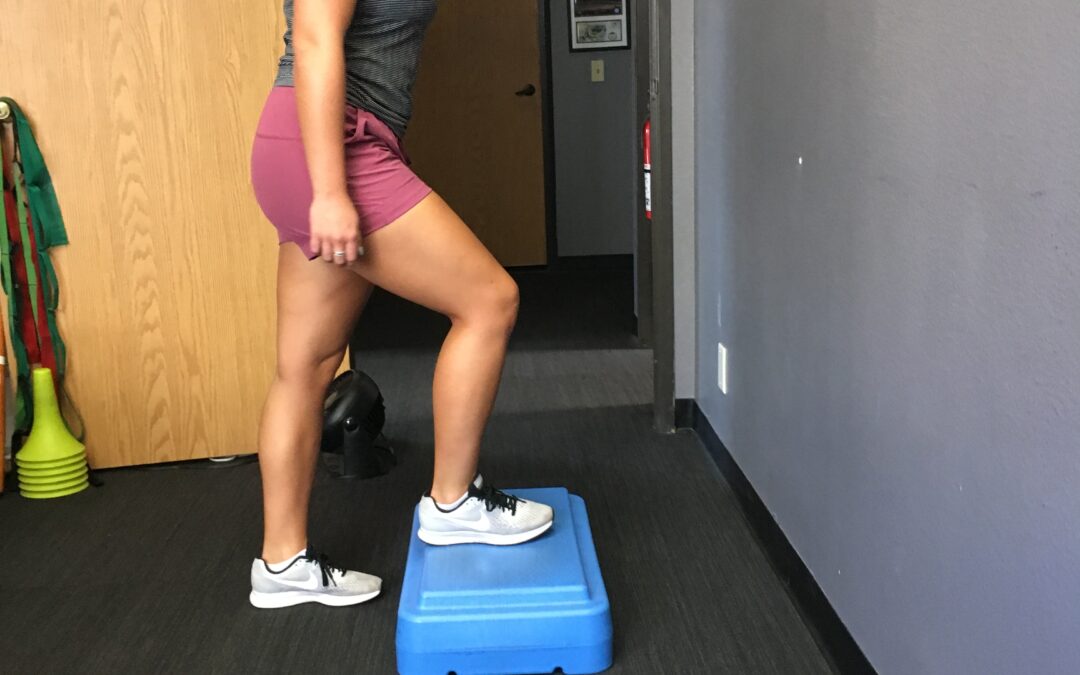One of the areas of expertise athletic trainers have is rehabbing an athlete from the time of injury all the way back to their sport. For some injuries, that process is relatively short. For others, it is a long road that the athletic trainer guides them on.
Whether it takes one week or twelve months, every rehab should have a plan with clear goals, and measurable progress, and be reassessed as the athlete progresses. Below are the 5 overarching goals that we incorporate to ensure the athlete returns to their sport safe and strong.
*Please note that this is a general overview of the rehab process. Every athlete and every injury will be different, with an individualized program designed with their needs and their sport(s) in mind.
Decrease pain
Pain is the body’s alarm system to tell us that something is wrong. Think of it like a fire alarm; intrusive and annoying, but necessary when your house is on fire. Once you find the fire and put it out, though, you need to find the button (that always seems to be in the hardest-to-reach place) to turn the alarm off.
How do we bring a patient’s pain down? In the initial stages, this means protecting the injured area (rest, crutches, slings, wraps, braces, etc.), pain-reducing modalities (e-stim, ice, heat, gentle massage), and, when appropriate, over-the-counter pain relievers.
Step one, make sure the fire is out. Step two, turn the alarm off once you’ve put out the fire.
Decrease swelling
Like pain, swelling has become a demonized part of the inflammation process, yet serves a purpose. When you sprain your ankle, for instance, blood rushes to the area to bring the necessary components to heal, clot, and rebuild the injured structures.
Too much swelling, though, can cause additional pain and impede function. It’s important to make sure that we are helping the body reabsorb all of that inflammation to help the patient heal as quickly as possible.
One of the best ways to move swelling along? A pain-free, active range of motion helps the muscles pump the extra fluid out of the area.
Regain ROM
Once the patient’s pain and swelling have been reduced, it’s time to help them regain movement in the area. An early range of motion means a quicker return. As the saying goes, use it or lose it. The longer it takes to get the joint or muscle moving, the stiffer and weaker it’s going to get.
There are times when the range of motion must be delayed, like in a broken bone. (Remember, we have to put the fire out first before doing anything else.) But once you get the clearance from your physician to start range of motion, it’s go-time.
Regain clinical strength
So your pain is down, the swelling is gone, and you’ve been doing ankle pumps what feels like all day every day to get your range of motion back. Now what?
Strength. This is usually the part of the process that starts to get a little more interesting. Regaining strength is critical to regaining function, preventing re-injury, and addressing any pre-existing weakness that may have contributed to the injury in the first place.
Regain functional strength related to sport
It’s almost time to return to your sport! But the bridge from rehab to the field, court, or ice is neglected far too often. This is probably one of the most critical parts of rehab. The athlete is feeling stronger, their body feels back to normal, and they’re eager to get back in the game. It’s a dangerous point where many setbacks and recurring injuries happen.
Ensuring that the athlete can meet ALL the demands of their sport is the capstone to a well-done rehabilitation program. This means sprinting, cutting, jumping, shooting, skating, hitting. It means lengthening the time of these high-speed activities. It means communicating with coaches and parents to gradually introduce these components. And it means exercising restraint if weak points are noted, filling in the gaps, and trying again.
This step is where a carefully honed program is the most individualized and requires a highly skilled professional (such as an athletic trainer) to guide the athlete through it.
Whether you are trying to get back into soccer after spraining your ankle or you’re facing the long road of rehabilitation following surgical reconstruction or are coming off of a long recovery from a concussion, athletic trainers can guide you through it safely, one step at a time. And who knows, maybe on the other side of it you’ll find yourself stronger than before.
Jenna Janadi has her Masters Degree in Athletic Training. She works with clients at Compete Sports Performance and Rehab in Lake Forest, CA, and also serves as the Athletic Trainer for Capistrano Valley Christian School and the Jr. Reign Hockey Club.

